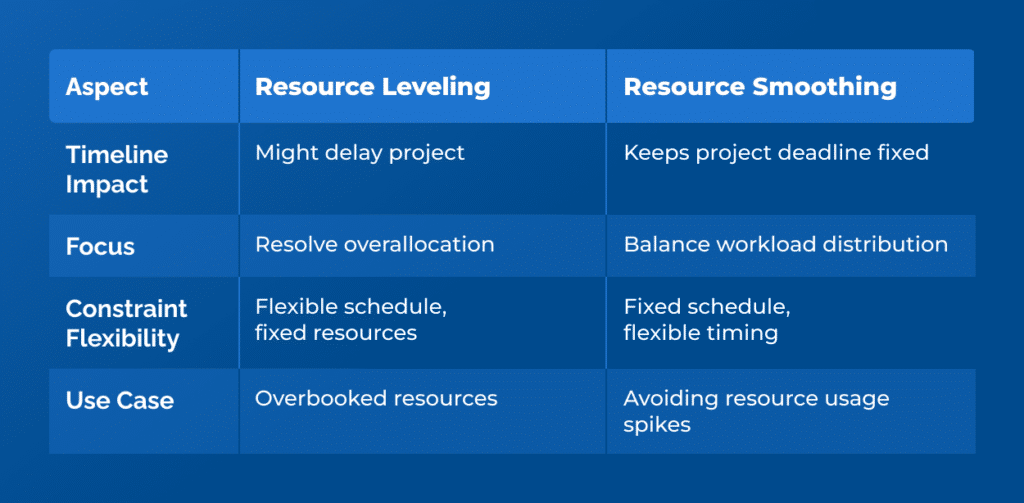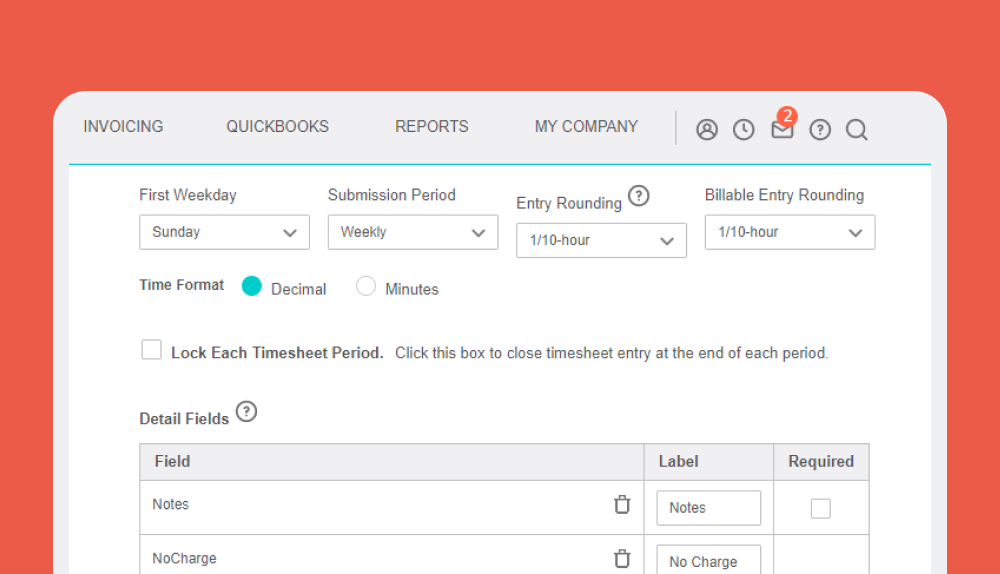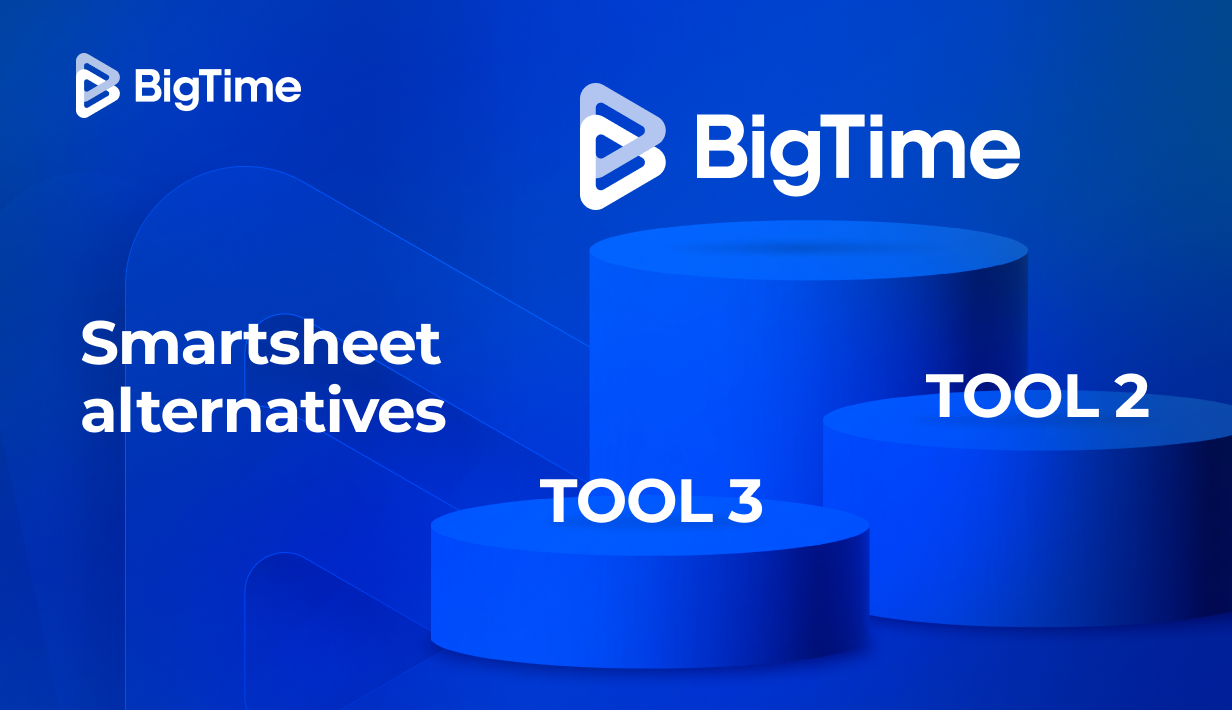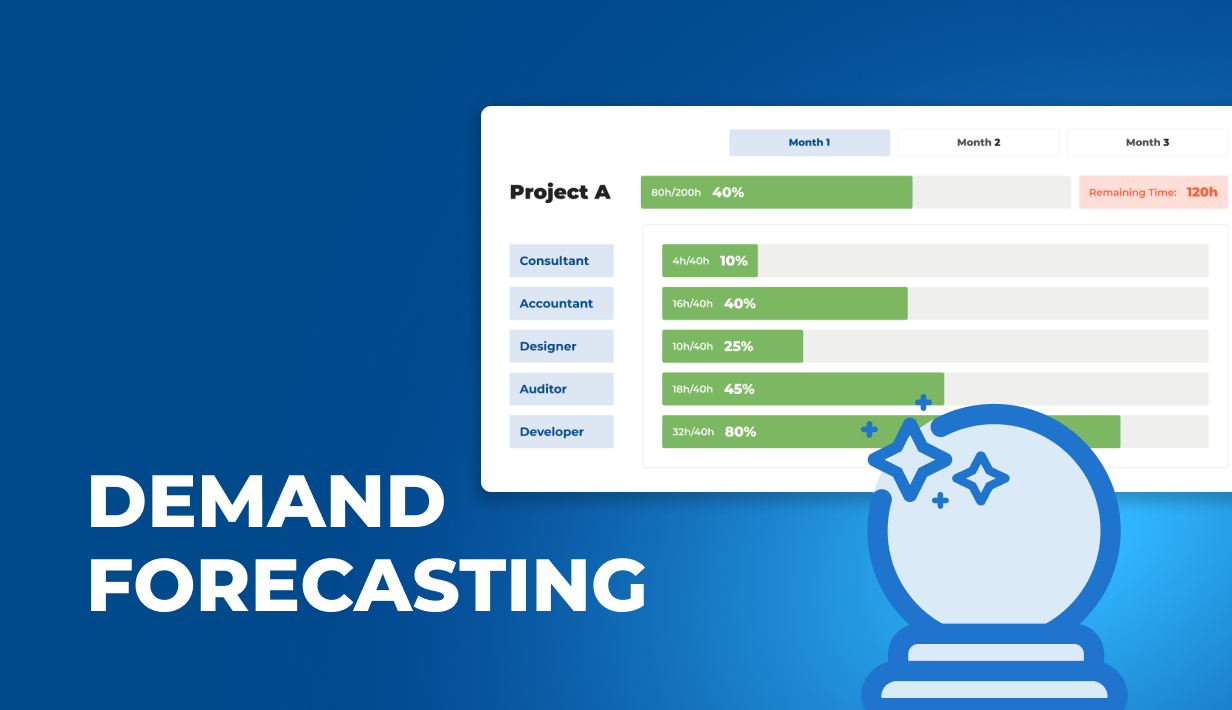
Last update: July 1, 2025
Growing business means growing processes – and resource allocation for project management is not an exception to this rule. But how to turn basic information on resource availability into error-free resource management? Resource optimization has the answer to this question.
What’s in the article?
- The definition of resource optimization
- The difference between resource optimization and resource smoothing
- The challenges of resource optimization
- Tips for effective resource optimization
- The best resource optimization strategies
- A practical example of resource optimization
What Is Resource Optimization?
As such, resource optimization involves proactively matching the right skills to the right work at the right time based on real-time data, forecasting, and business priorities, all while maintaining high service quality and employee engagement.
When Does Resource Optimization Become Important?
A company just starting out is probably not focused on truly optimizing resources, they’re too busy delivering at all costs for customers and maintaining high customer satisfaction and NPS. Just in time staffing and resourcing is probably the norm. And it is likely that systems for resource planning aren’t in place.
As a company grows, however, the need to bring on staff strategically and assign them to projects efficiently becomes more and more important. At this point establishing a model for optimal resource allocation that controls costs, increases employee engagement and provides visibility into pipeline hiring needs well in advance of when they’re needed, is critical.
How to Optimize Resource Allocation?
Let’s be honest: every services firm runs into resource allocation challenges. Competing projects, shifting priorities, limited bandwidth – it’s the reality of consulting, software, engineering, accounting, you name it.
But you can tame the chaos. Optimizing resource allocation isn’t about working your team to the bone. It’s about matching the right people to the right work at the right time without overloading anyone.
Here’s how you can do it in a structured, effective way.
Here’s a straightforward checklist to do it right:
- Get full visibility into your team’s assignments, availability, upcoming pipeline work, non-billable commitments, PTO, and holidays.
- Forecast demand by estimating roles, skills, and hours needed for all upcoming projects, mapping these needs on your calendar.
- Align capacity with demand by shifting timelines, reassigning work to underutilized staff, hiring contractors if needed, and investing in training to expand internal capabilities.
- Apply resource leveling by delaying or rescheduling tasks to avoid overloading anyone.
- Use resource smoothing to even out workloads within project deadlines, avoiding big swings in weekly hours.
- Prioritize ruthlessly by ranking projects based on importance and value, and making clear decisions about which work can wait if conflicts arise.
- Monitor and adapt continuously by reviewing your resource plan regularly (weekly or monthly), updating it for new projects, changing timelines, and staffing shifts to keep it realistic and current.
Three Keys to Effective Resource Optimization in Project Management
1. Maintaining Optimal Billable Utilization
Before you can optimize anything, you need to baseline where you stand today. In resource management, that baseline is the utilization rate.
The utilization rate indicates how much of your employees’ time is spent on projects that earn money for your business. Ideally, for specialists, this metric should be between 75% and 90% to ensure costs savings, as well as project success.
However, that rate might differ depending on a particular resource, as well as a number of external factors that can affect your project resources, as well as the project schedule itself. You can read all about such factors in our article on the utilization rate.
Tools Tip: You can get by with spreadsheets and reports from a time tracking tool, but PSA software was made for just this type of measurement and tracking. And in a PSA, the same data set you use for utilization can measure revenue. BigTime has even deeper measures for billable utilization allowing sophisticated analysis, like productive and chargeable utilization, when you’re ready to go there.
2. Measuring and Monitoring Leading and Lagging KPIs
Measurement is the key to improvement, improvement is the way to grow and scale. Measuring progress of critical tasks and projects requires reporting that covers what HAS happened and what WILL happen. The optimal allocation of available resources happens when visibility into your future resource needs is combined with current state needs from projects in flight.
Tools Tip: Don’t wait for growing pains, get into a scalable system earlier to grow with ease, scale as needed and also to compile the data that ultimately allows sophisticated analysis and risk assessment like the resource attrition risk model on page 12 of our white paper “Fighting the Great Resignation.”
3. Use a Capacity Forecasting Model to Understand Future Supply
With benchmarks and progress in place, it is time to plan and execute for growth.
Building a capacity planning model may start when an organization is small with back-of the-envelope, just in time resource management. As the team grows, moving to dynamic resource optimization and staffing where resource requests are tied to project plans and skill sets is more and more important. This is possible with anticipating the workload of future projects based on historical data collected in the project management software.
Tools Tip: Integrated systems become a must as business becomes more complex. PSA integrated with accounting is a given. Adding a CRM integration will gain you resource optimization benefits through visibility into sales pipeline projects and their staffing needs.
The Best Resource Optimization Strategies
Having the information on the resource optimization is one thing; using it to improve resource utilization and guarantee project success is another. Fortunately, there are a few battle-tested resource optimization strategies that are up for the task – these are the most popular of them.
Resource Smoothing
Resource smoothing is the process of adjusting the timing of tasks within their allowable float (or slack) to achieve a more even distribution of resource usage. In principle, resource smoothing should never alter the project timelines or its critical path, ensuring the success of the whole operation.
The Pros and Cons of Resource Smoothing
Resource smoothing is definitely one of the most popular strategies for workload management. It helps avoid peaks and valleys in resource demand, promoting better workload balance, reducing burnout, and improving efficiency. It supports broader optimization goals like maintaining utilization, meeting deadlines and supporting efficient resource allocation.
However, while this process can help balance workloads, it does come with several disadvantages and limitations. This method of project management fails to address overallocation and schedule conflicts, adding even more complexity to multi-project environment. It also lacks long-term overview of critical tasks and is not flexible enough for large teams and requires massive coordination and communication efforts. As a result, scheduling resources with resource smoothing works best for task management in small teams.
Resource Leveling
Resource leveling is yet another technique that is often use to optimize resource utilization. While it is often considered more of a tactical scheduling technique than a holistic, strategic approach, it is commonly used for managing multiple projects and ensuring project progress with minimal conflicts.
Ideally, resource leveling adjusts the start and finish dates of tasks to resolve resource overallocation and ensuring that no resource is assigned more work than they can handle at one time. As such, it focuses on improving resource utilization, reducing burnout, and maintaining realistic workloads.
The Pros and Cons of Resource Leveling
There are no doubts that resource leveling helps professional services firms resolve resource overallocation by adjusting task schedules to match actual resource availability. This ensures that no team member is overbooked, promoting more realistic workloads, improved quality of work, and better employee well-being. It can be especially useful in multi-project environments where the same resources are in high demand.
However, resource leveling often comes at the cost of project delays and reduced project budgets, as it may push task start and end dates beyond the original timeline. This can impact client delivery, revenue recognition, and downstream dependencies.
Additionally, it’s a reactive method that addresses current constraints rather than preventing future conflicts, so it should be used in combination with proactive forecasting and capacity planning for best results.
What’s the Difference Between Resource Leveling and Resource Smoothing?
Both of these processes resource optimization techniques, but they differ in how they handle time and resource constraints.
Resource leveling adjusts task start and end dates to resolve overallocation, which can lead to project delays. It assumes that resource availability is fixed, so the schedule must be flexible. In contrast, smoothing keeps the project deadline fixed and adjusts tasks only within their available float. It’s used to balance resource workloads without delaying the overall project.

Reverse Resource Allocation
Reverse resource allocation is a common technique for strategic resource planning or creating recovery scenarios. It usually refers to the process of reallocating resources away from lower-priority or less critical work to support higher-priority tasks, projects, or clients. In short, it involves working backward from strategic goals to redistribute effort accordingly.
The Pros and Cons of Reverse Resource Allocation
The main advantage of this resource optimization technique is its use. Reverse resource allocation can be a valuable optimization approach when priorities shift, allowing organizations to reassign resources from lower-impact work to high-priority initiatives. It can also serve as a recovery tactic for at-risk projects, enabling teams to quickly respond to evolving business demands or client needs.
However, this approach can also cause disruption if not carefully managed. Reallocating resources midstream may delay other projects, frustrate team members, and risk stakeholder relationships—especially if expectations were already set. It can also negatively affect morale if teams feel their work is repeatedly deprioritized.
What Is an Example of Resource Optimization?
But what is a real-life example of a resource optimization, and what does it consist of?
Let’s imagine Digital Solutions, a 45-person professional services firm specializing in custom software development for mid-sized clients. Their projects are often 3–6 months long, with overlapping timelines and multi-disciplinary teams (developers, designers, PMs). They’re growing fast, but facing a common pain: too many projects fighting for the same senior developers, leading to burnout risk, underutilized junior staff, and scheduling chaos.
At this point, the main resource allocation challenges in this organization include:
- Limited key resources: Only 5 senior developers with specialized knowledge.
- Underutilized staff: Junior and mid-level developers often wait for assignments.
- Client deadlines: Tight and overlapping across projects.
The goal, however, stays simple: to deliver projects on time while maximizing billable utilization and keeping team workloads balanced.
Here’s how resource optimization can solve the company’s problem.
Resource Optimization – Example
Digital Solutions’ leadership decides to focus on Capacity Planning and Resource Forecasting. Why?
Because their primary issue is visibility; they don’t have an accurate, forward-looking view of who’s available and when. Without that, they can’t balance workloads or plan realistic project timelines.
To implement this resource optimization approach, the company had to:
- Map current and future demand. They use their PSA (Professional Services Automation) software to list all active projects with detailed schedules and resourcing plans. They also add their pipeline of upcoming projects to the equation.
- Analyze capacity. In this resource optimization example, they look at each developer’s availability, including time-off, non-billable commitments, and already assigned hours.
- Identify gaps and conflicts. They quickly see that senior developers are overbooked for the next quarter, while junior developers are free.
- Reallocate work by assiging senior employees to more complex task and moving junior specialists to the simpler ones.
- Create a rolling forecast. They update this plan monthly to account for new projects, shifts in timelines, and team changes, preparing for any unforeseen scenarios.
The result? Fewer schedule conflicts, improved utilization rates and streamlined project delivery.
How Can Resource Management Software Streamline Resource Optimization?
Tacking major resource optimization challenges requires more than just a spreadsheet with all the data. To make the most of the right resources and optimize resource usage, project managers should also use resource planning tools that can make the process much simpler.
How Can Resource Management Software Help You with Resource Optimization?
Resource management software plays a crucial role in enabling effective resource optimization by providing real-time visibility, data-driven insights, and streamlined workflows. It helps:
- Find the right people for the right project at the right time based on availability, skills, and capacity—improving utilization while avoiding overallocation or underuse.
- Improve data visibility. Project management tools gather real-time data on resource availability, utilization, and project assignments, helping project managers make the best possible decisions.
- Enable proactive planning and testing scenarios. Such tools support forecasting, capacity planning, and demand modeling to avoid future conflicts.
- Support workload balancing. Resource planning tools help avoid over- or underutilization by evenly distributing work across teams.
- Strengthen collaboration. It centralizes data for better coordination between project managers, resource managers, and leadership.
How BigTime Can Help You Achieve Project Objectives with Better Resource Optimization?
But how BigTime can help you turn the benefits of resource optimization into actual profits?
As you can see in the interactive demo above, BigTime helps project managers optimize resources by providing real-time visibility into team availability, skills, and workloads. With its resource planning and allocation features, project managers can assign the right people to the right projects based on capacity and expertise—ensuring balanced workloads and improved utilization. The platform’s time tracking and utilization reporting tools allow managers to monitor performance and identify gaps or bottlenecks before they impact delivery.
Example of capacity planning with error notifications in BigTime
Additionally, BigTime supports proactive decision-making through forecasting and budget tracking, helping project managers align resource plans with project timelines and financial goals. Integrated views of project progress, billing status, and resource demand enable better prioritization and more informed adjustments when scope or timelines change.
Sounds good? Try BigTime now – book a demo or start a trial to see what else we can do for you!
The Future of Resource Optimization: Predictive Data Modeling
Increasingly efficient resource optimization at scale isn’t easy and has to consider not just billable time but time spent on productive work such as skills development, team management and other non-billable essentials like vacation time. And it needs to rely on increasingly more accurate capacity predictions from project managers and resource managers.
Here at BigTime. we’ve built a predictive capacity planning model that takes some of the human error out of forward-looking projections. We did this by using historic data related to resource planning on projects, and data that showed what actually happened.
This new frontier in data modeling for optimal resource capacity planning is an example of what’s possible, but getting there will take some time. We’d suggest you start now, compiling your data in a PSA (like ours) to drive increasingly greater insights and visibility into the health of your business now, and in the future.





